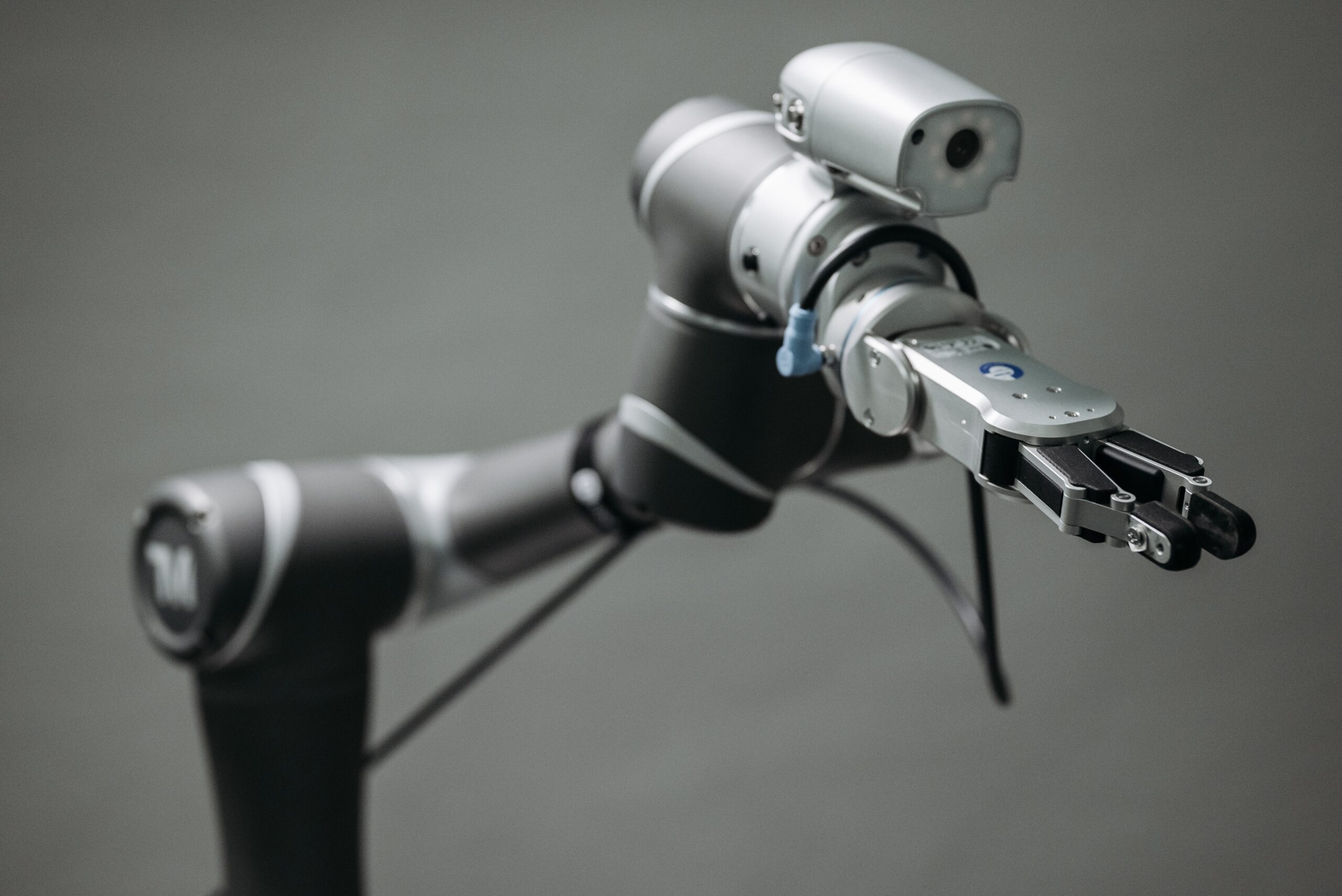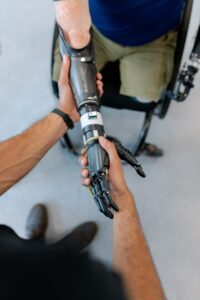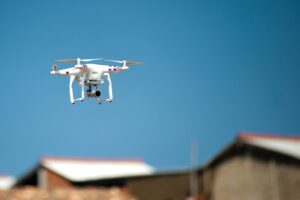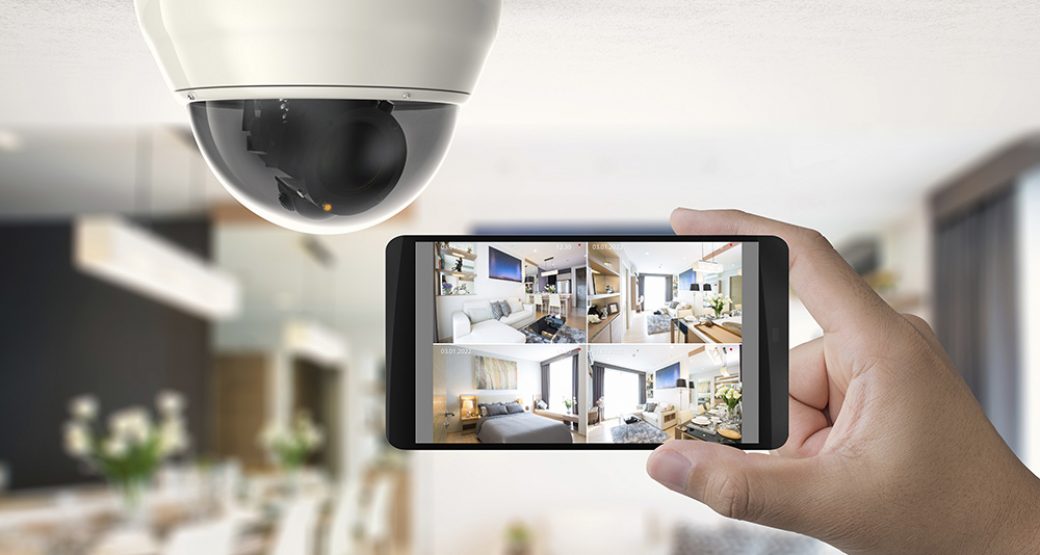Robotics in Our Homes: More than Just a Gimmick
The increasing implementation of robotic automation in households is a testament to the evolving smart home technology. Domestic robots, or ‘RoboMaids’, are no longer a concept restricted to science fiction. These autonomous appliances are commonly used for mundane tasks such as vacuuming and mopping, thus simplifying our domestic chores and providing us with more leisure time. Robotic kitchen assistants like Nise Wave and Moley Robotic Kitchen are pushing the boundaries and offering automated cooking options right from prep work to cooking and even cleaning up afterward.
Healthcare: Robots at the Forefront of Medical Assistance
Robotic applications in the healthcare sector are significantly transforming patient care. From surgical robots assisting in intricate procedures, ensuring less postoperative discomfort and faster recovery, to robotic prosthetics providing unprecedented dexterity, it seems like the age of robots in healthcare is just beginning. Robots are also streamlining the medicinal delivery system and disinfecting hospitals using UV light, thereby upscaling hygiene standards.
The Technological Leap: Understanding the Latest Advancements in Robotics
Recent technological advancements in artificial intelligence (AI) and quantum computing are catalyzing the evolution of robotics. Machine learning algorithms are enhancing the adaptive capability of robots, enabling them to learn from their environment and refine their skills, while quantum computing promises to drastically boost processing powers. We are witnessing the emergence of collaborative robots or ‘cobots’, designed to interact with humans in a shared environment, and swarm robotics, where multiple robots operate in coordination to perform tasks.
Dissecting the Ethical Considerations
As promising as the march of the robots appears, it doesn’t come without its ethical dilemmas. Concerns regarding job loss due to automation, data privacy, and the extent of AI autonomy continue to pose challenging questions. Additionally, the possible deployment of autonomous weaponry systems experts to call for strict regulations to prevent misuse.
Visualizing the Societal Impact
The societal impact of everyday robotics is profound. On one hand, they are supporting an aging population, boosting productivity, and creating opportunities for new skill requirements, fostering economic growth. On the other hand, the digital divide could exacerbate socio-economic disparities. There is a growing need to establish a comprehensive educational framework to upskill and reskill the workforce to thrive in the robotic age.
From helping us maintain a clean house to providing medical assistance and beyond, robotics continues to enhance our lives in numerous ways. As we continue to navigate this rapidly changing landscape, fostering an informed dialogue about the implications of robotic technology will be key to harnessing its potential responsibly.





